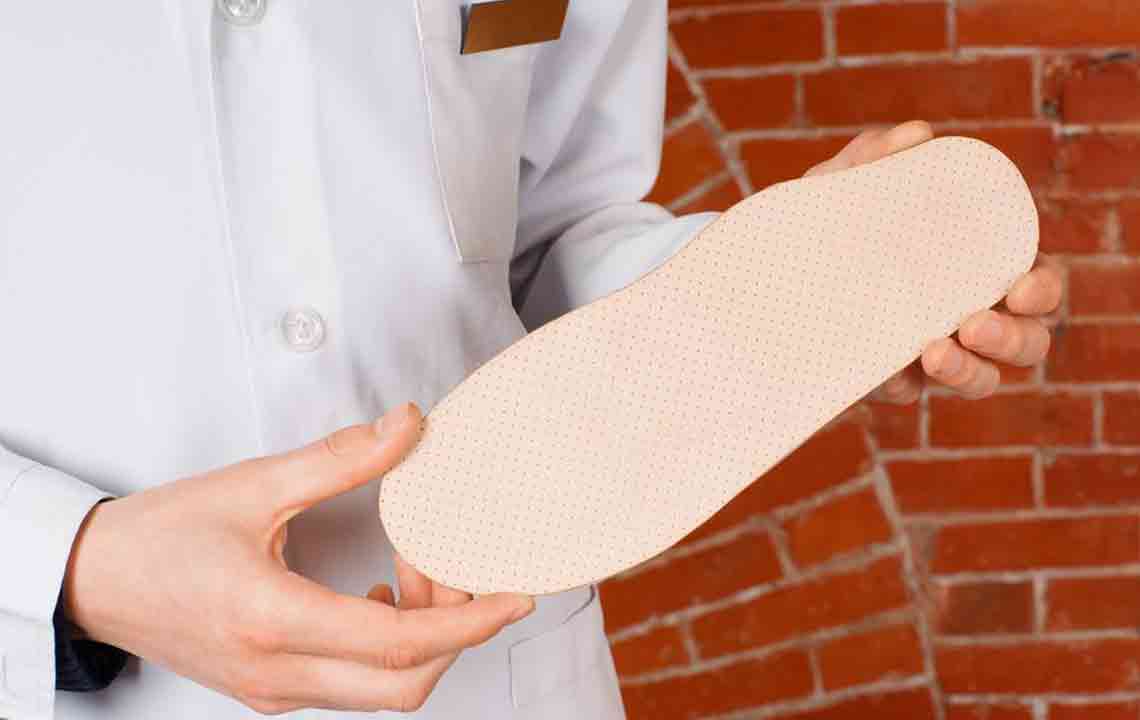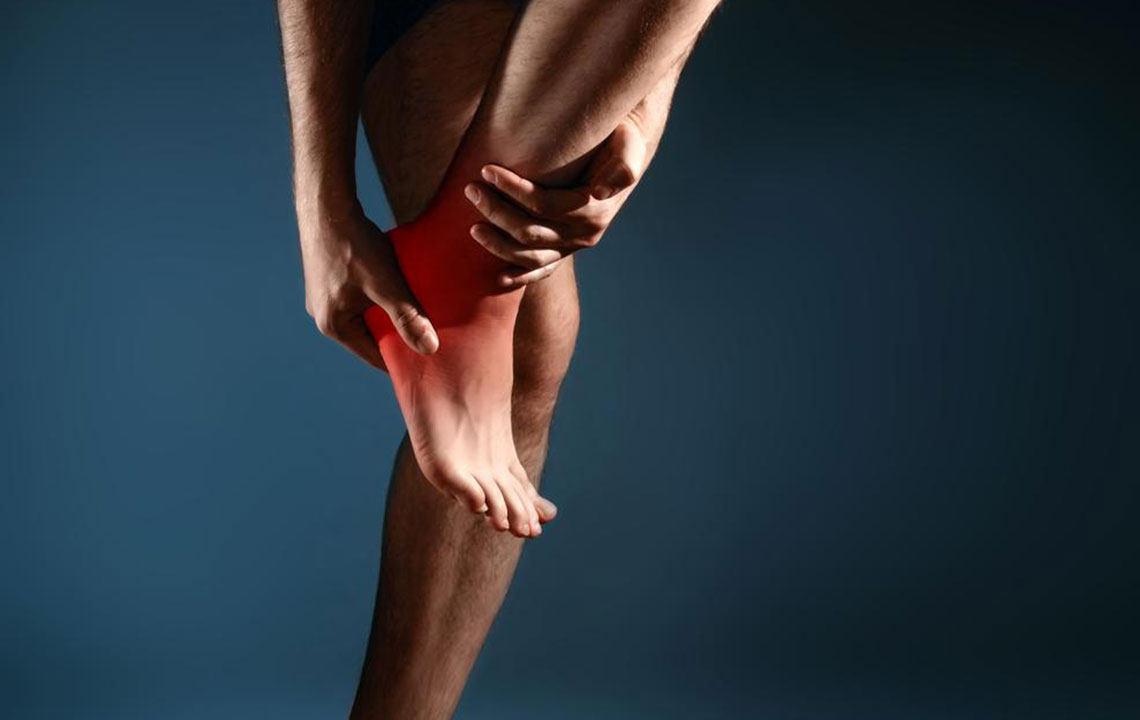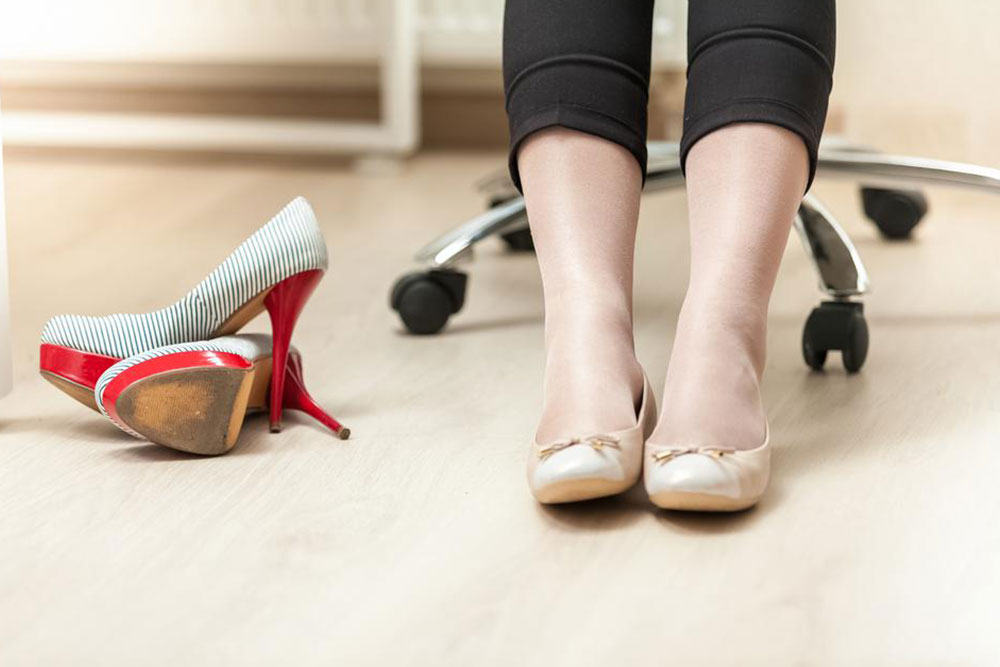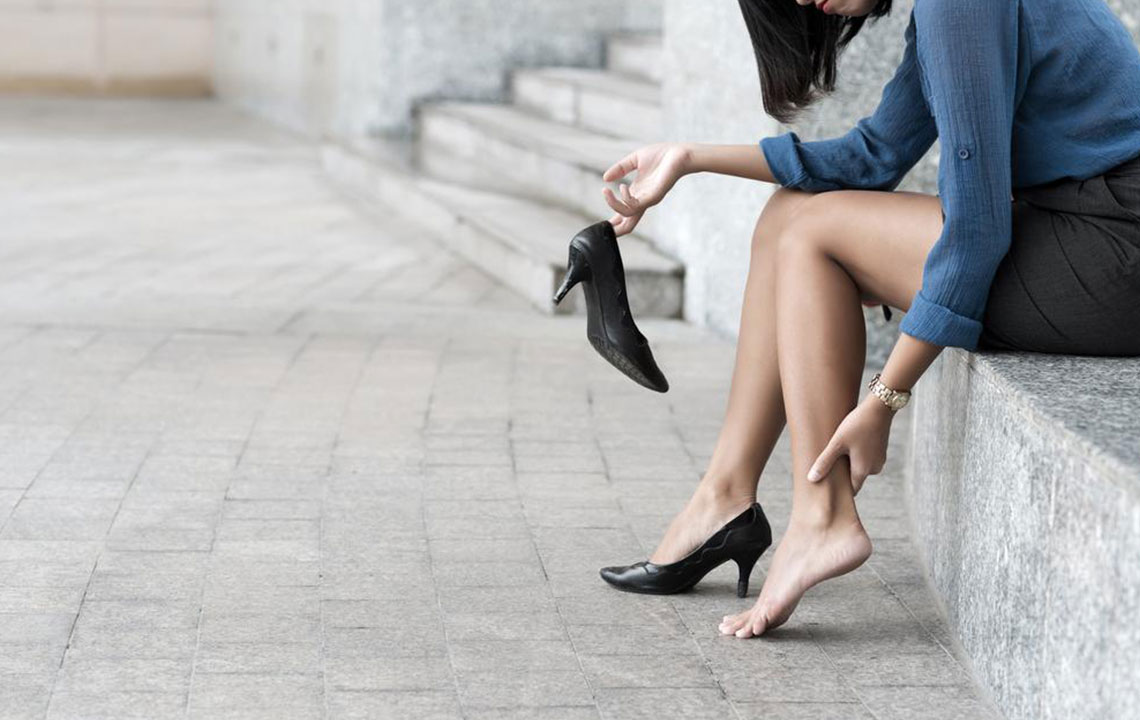Comprehensive Guide to Alleviating and Preventing Heel Pain
This comprehensive article explores effective strategies to treat and prevent heel pain, highlighting early signs, treatment options, supportive footwear recommendations, and lifestyle tips. Whether you experience mild discomfort or chronic heel pain, understanding these measures can help you maintain foot health, reduce inflammation, and avoid more serious conditions. Proper care and timely intervention are essential for ensuring mobility and preventing long-term foot issues.
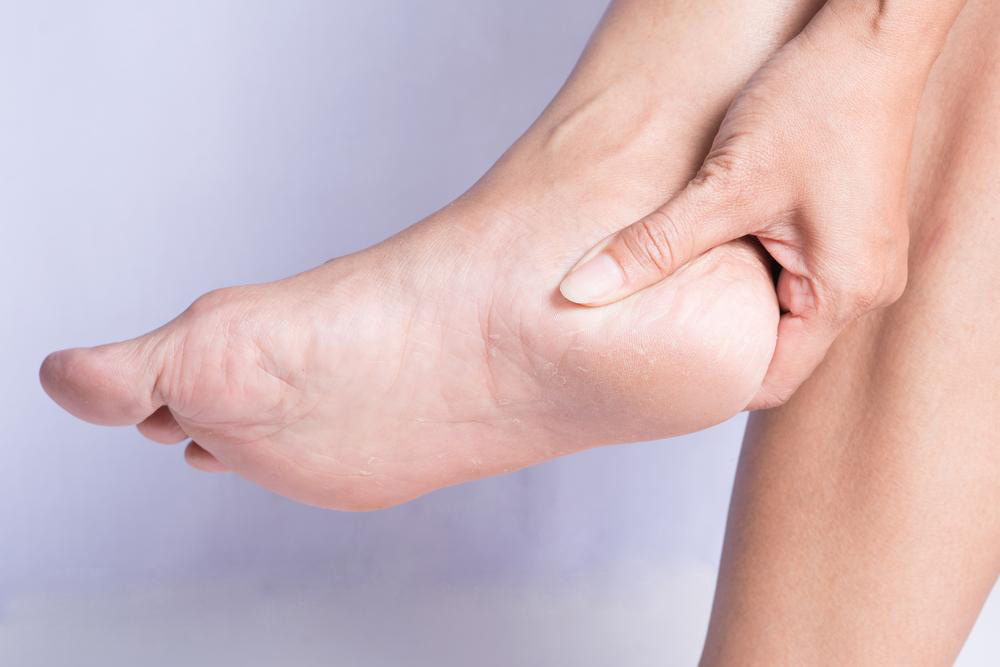
Effective Methods for Managing and Preventing Heel Discomfort
Heel pain is a common issue that can start off mild and often resolve without intervention. However, if ignored or left untreated, it can worsen over time, leading to difficulty walking and reduced quality of life. Persistent heel pain is classified as a chronic condition and is one of the most prevalent foot problems faced worldwide. Many individuals experience soreness beneath the heel or just slightly behind it, which can significantly impair daily activities.
Recognizing Early Signs of Heel Pain
Typically, heel discomfort does not result from a single traumatic incident; instead, it develops gradually over time. Wearing improperly fitted shoes, especially flat shoes that stretch or put undue stress on the plantar fascia—the thick band of tissue running along the bottom of the foot—can cause swelling, inflammation, and pain around the heel region. Recognizing early symptoms can help prevent complications and facilitate timely treatment.
The sensation of heel pain often worsens after periods of inactivity, such as upon waking in the morning but tends to improve as the individual remains active throughout the day. However, if symptoms intensify, making walking difficult, or causing pain when flexing the foot downward or standing on toes, it is crucial to seek medical attention. Ignoring persistent heel pain can lead to more severe issues needing invasive interventions.
Strategies for Treatment and Prevention of Heel Pain
If heel discomfort persists beyond a few days, it is essential to adopt appropriate treatment measures to prevent further deterioration and facilitate healing. Here are some effective tips:
Rest your feet whenever possible. Reduce activities that involve prolonged standing or walking on hard surfaces, such as concrete floors, especially during flare-ups.
Avoid activities that place excessive pressure or strain on your heels, such as intense running or jumping.
Applying ice packs to the affected area for 10-15 minutes several times a day can effectively reduce swelling and inflammation. Make sure to wrap the ice in a towel or cloth to prevent frostbite or skin damage. Selecting footwear that offers adequate support, cushioning, and comfort—particularly for athletes or those on their feet for extended periods—is vital. Temporary relief can also be obtained by using supportive heel cups, wedges, heel grips, or Achilles tendon pads, which can help alleviate pressure and stabilize the heel.
Preventive Measures for Heel Health
Avoid walking barefoot on hard, unforgiving surfaces to prevent excessive impact on the heel bone and tissues.
Maintain a healthy weight to decrease the stress exerted on your heels and overall foot structures.
Choose high-quality, well-supporting shoes that effectively absorb impact and fit properly. Do not wear shoes that worsen heel pain or provide inadequate arch support.
If you are prone to heel issues, prioritize rest and listen to your body. Consult healthcare professionals if pain persists or worsens.
Incorporate warm-up exercises before engaging in activities that stress the feet, such as running, jumping, or intense sports. Selecting appropriate footwear studies can significantly reduce injury risk.
Use cushioning insoles or heel cups to limit excessive movement and protect bursae from inflammation. In severe cases, treatments like corticosteroid injections or, rarely, surgical procedures to remove heel bumps or bursa may be necessary.
By adopting these comprehensive strategies, individuals can effectively manage heel pain, prevent recurrence, and improve overall foot health. Early intervention combined with lifestyle adjustments makes a substantial difference in recovery outcomes, helping maintain mobility and quality of life.
